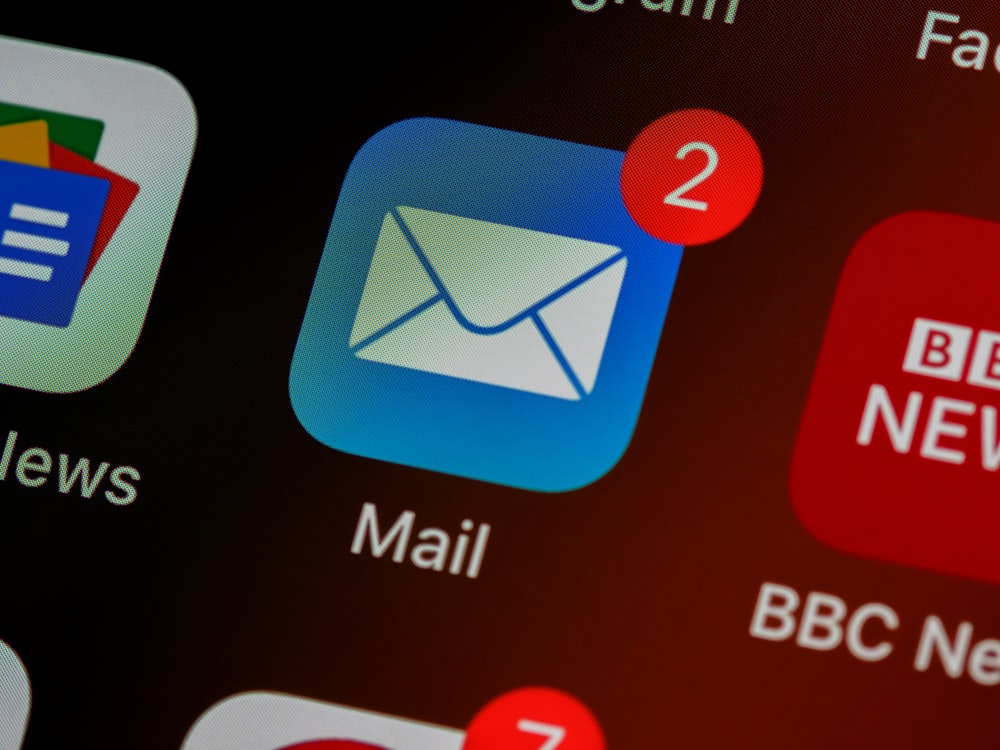A/B Testing Your Cold Emails: A Practical Guide
Guesswork has no place in effective cold emailing. To truly optimize your outreach and maximize response rates, you need data. A/B testing (also known as split testing) is the process of comparing two versions of an email element to see which one performs better. It's a systematic way to improve your campaigns based on how your actual audience responds.
Why A/B Test Your Cold Emails?
- Data-Driven Decisions: Replace assumptions with concrete evidence about what works.
- Improved Performance: Systematically increase open rates, reply rates, and conversions.
- Audience Understanding: Gain insights into your prospects' preferences and motivations.
- Optimized ROI: Make your outreach efforts more efficient and effective.
What Elements Can You A/B Test?
You can test virtually any element of your cold email, but focus on those likely to have the biggest impact:
- Subject Lines: (Highest impact on open rates) Test length, personalization, questions vs. statements, tone, use of numbers or emojis.
- Opening Lines: Test different ways to personalize or state your purpose.
- Value Proposition: Test different ways of articulating the benefit you offer.
- Call to Action (CTA): Test the specific ask (e.g., 15-min call vs. resource download), wording, button vs. text link.
- Email Length: Test short, concise emails vs. slightly longer, more detailed ones.
- Personalization Elements: Test mentioning company name vs. role vs. recent activity.
- Sending Time/Day: Test different times of day or days of the week (ensure statistically significant results here).
- Follow-up Cadence: Test the timing and number of follow-up emails in a sequence.
- "From" Name: Test sending from a specific person vs. a department (e.g., "Jane at Company" vs. "Sales Team at Company").
The A/B Testing Process
- Define Your Goal & Metric: What do you want to improve? (e.g., open rate, reply rate). Choose the primary metric you'll use to determine the winner.
- Formulate a Hypothesis: Based on your goal, make an educated guess. (e.g., "Hypothesis: A subject line mentioning the prospect's company name will have a higher open rate than a generic subject line.")
- Choose ONE Element to Test: Only change one variable between version A and version B. Testing multiple changes at once makes it impossible to know what caused the difference.
- Create Variations (A and B): Write your control (A) and your variation (B).
- Determine Sample Size & Duration: Ensure your test groups are large enough for statistical significance (often at least 100-200 recipients per variation for cold email). Decide how long the test will run (e.g., 24-48 hours).
- Split Your Audience Randomly: Randomly assign recipients to receive either version A or version B. Ensure the groups are comparable.
- Launch the Test: Send the emails simultaneously.
- Analyze the Results: Once the test duration is complete, compare the performance of A and B based on your chosen metric. Use a statistical significance calculator if needed to confirm the results aren't due to chance.
- Implement the Winner: Use the winning variation in your future campaigns.
- Repeat: A/B testing is an ongoing process. Continuously test new hypotheses to further optimize.
Common A/B Testing Pitfalls to Avoid
- Testing Too Many Variables at Once: Makes results inconclusive.
- Insufficient Sample Size: Leads to unreliable results.
- Ending the Test Too Soon: Doesn't allow enough time for recipients to engage.
- Not Reaching Statistical Significance: Declaring a winner based on minor differences that could be random chance.
- Ignoring Small Wins: Small, incremental improvements add up over time.
- Not Documenting Results: Forgetting what you tested and learned previously.
Consistent A/B testing transforms cold emailing from a shot in the dark into a refined science. By letting data guide your decisions, you can significantly improve your outreach effectiveness, build better connections, and achieve your business objectives more reliably.



